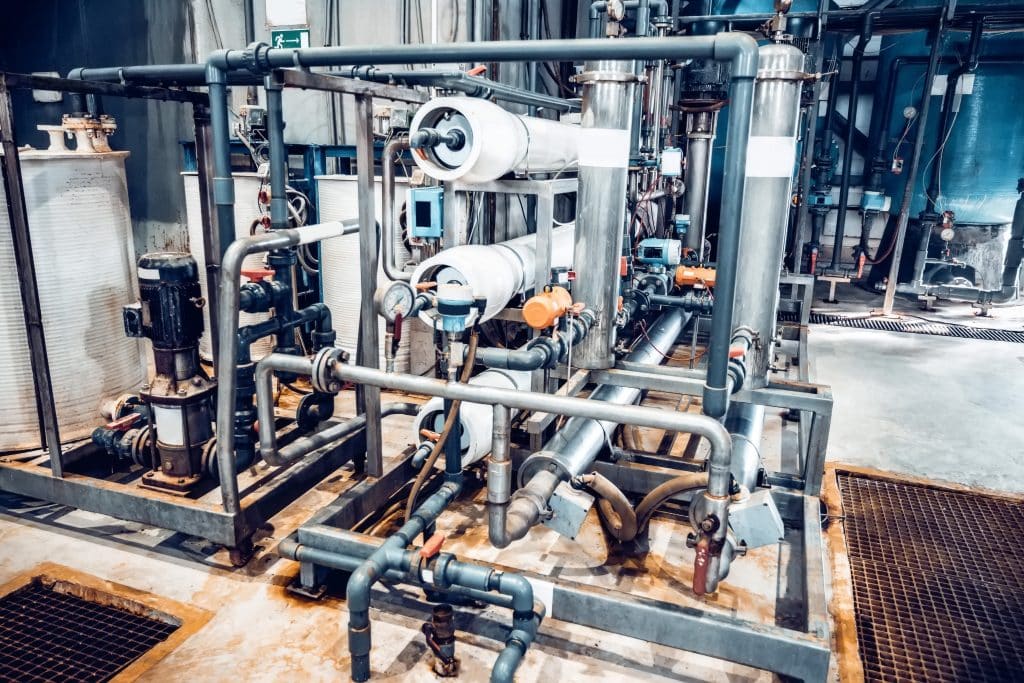Boilers
Modern boilers are more efficient, converting fuel into heat energy with higher precision. And natural gas boilers tend to be more efficient than oil-fired ones due to cleaner combustion processes, plus natural gas is generally less expensive than electricity.
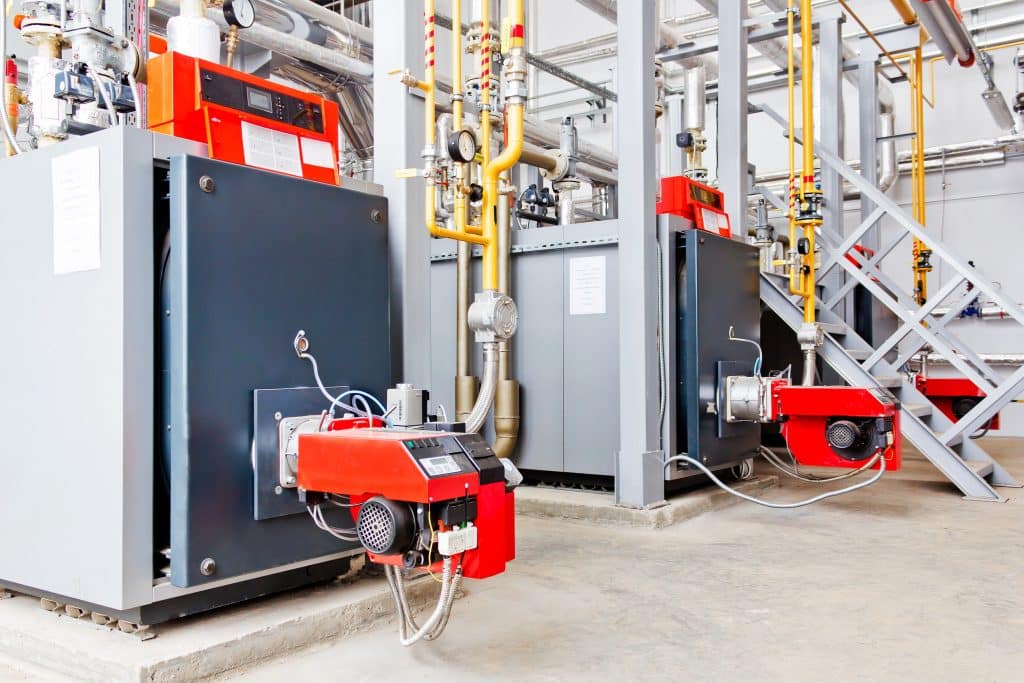
Centrifugal Fans
Modern centrifugal fans are designed for high airflow rates and increased pressure, handling large volumes of air. Upgrading to electronically commutated fans reduces energy usage by eliminating drive losses by connecting the motor directly to the impeller.
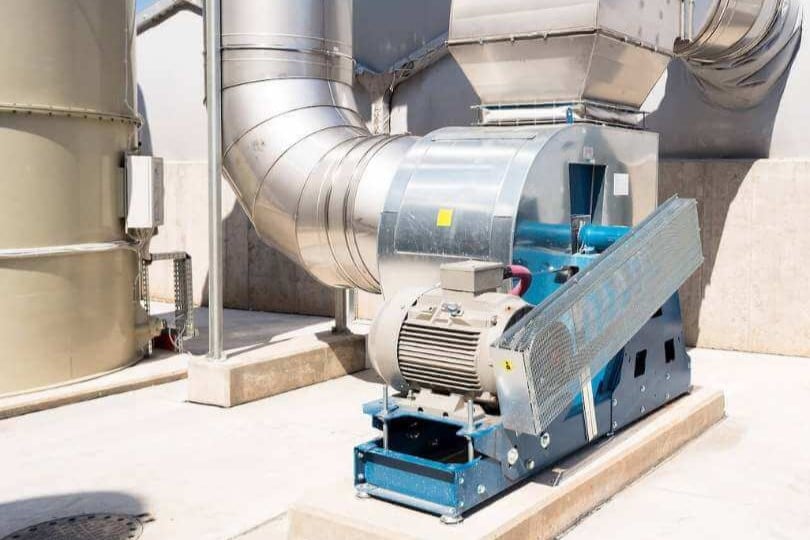
Centrifugal Pumps
Reduce energy consumption by reducing the pressure and flow with smaller impellers. Add VFDs, as they alter the rotational speed of the motor per the application’s requirements. The head and flow sync with demand, reducing consumption by slowing down the motor speed.
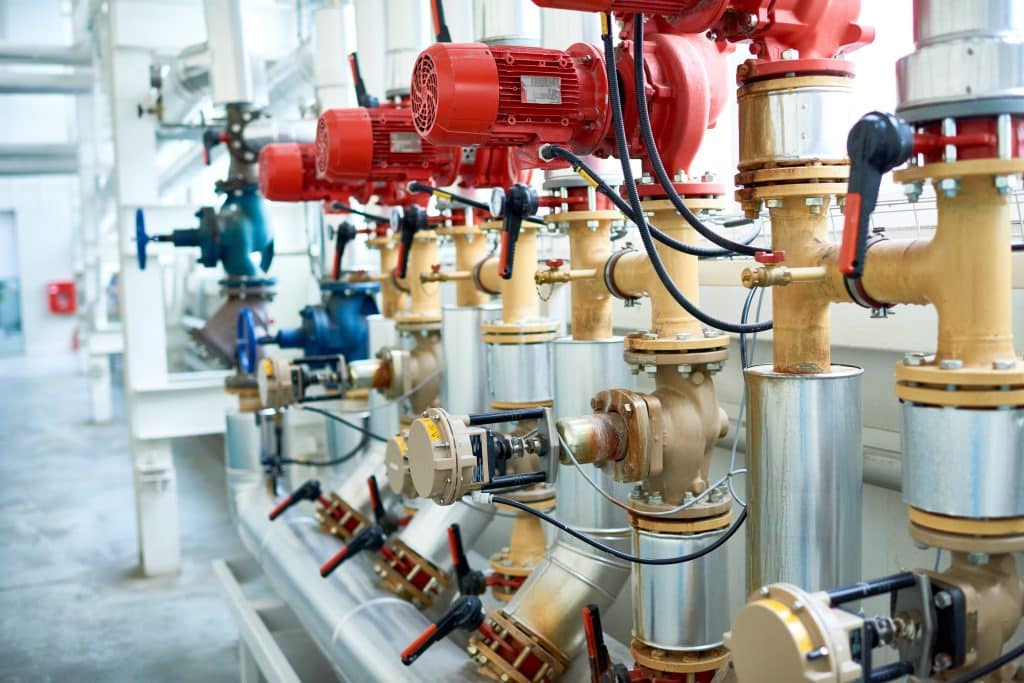
Compressed Air Systems
If a rotary screw air compressor is sized correctly, its efficiency is superior to all other types. While oil-injected compressors require more routine maintenance, they’ll typically have a lower total cost of ownership as compared to an oil-free screw compressor.
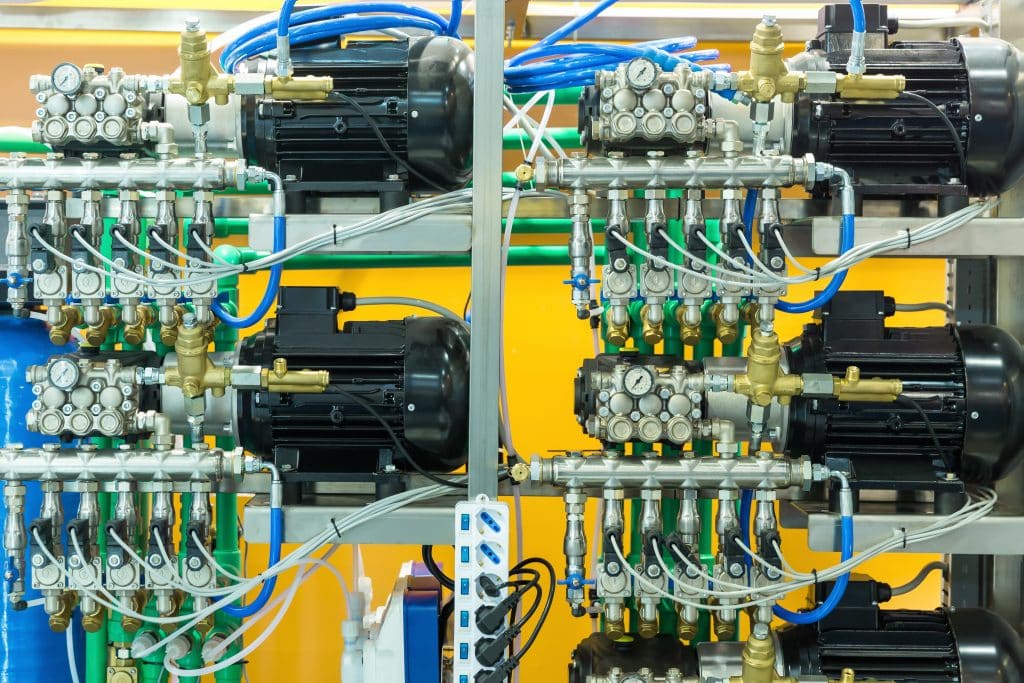
Cooling Towers
Cooling towers lose efficiency as components – fan blades, deteriorated drift eliminators or plugged fill media – begin to wear. Upgrades can consist of larger mechanical equipment, better distribution systems and/or more efficient heat transfer media.
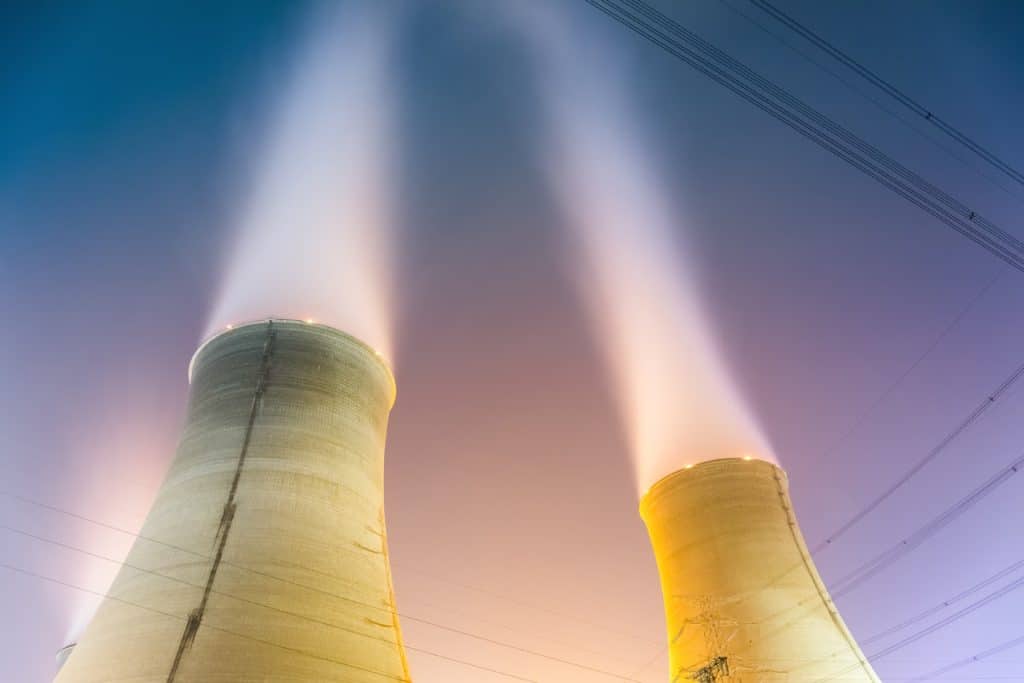
Electric Motors
Today’s motors are energy efficient, with features like enhanced motor winding designs, optimized control algorithms, and energy recovery systems. And newer motors frequently include improved control algorithms and higher-resolution feedback devices.
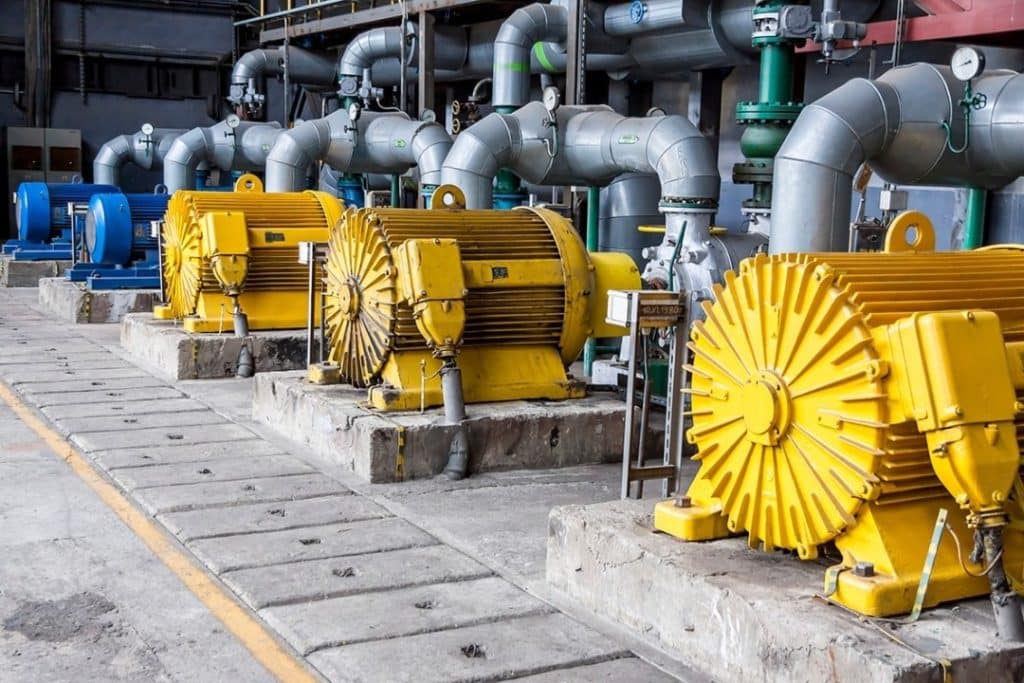
Heat Exchangers
Upgraded heat exchangers increase efficiency, with power and torque gains the most beneficial. The cooler and denser air provided to the combustion chamber allows for improved combustion, which leads to increases of as much as 25 hp, and 15 lb-ft of torque.

HVAC Systems
Heating, Ventilation and Air Conditioning can consume half of an industrial building’s energy. Newer HVAC systems operate at increased performance levels, and upgraded systems typically distribute air more evenly. Today’s advanced controls create value as well.
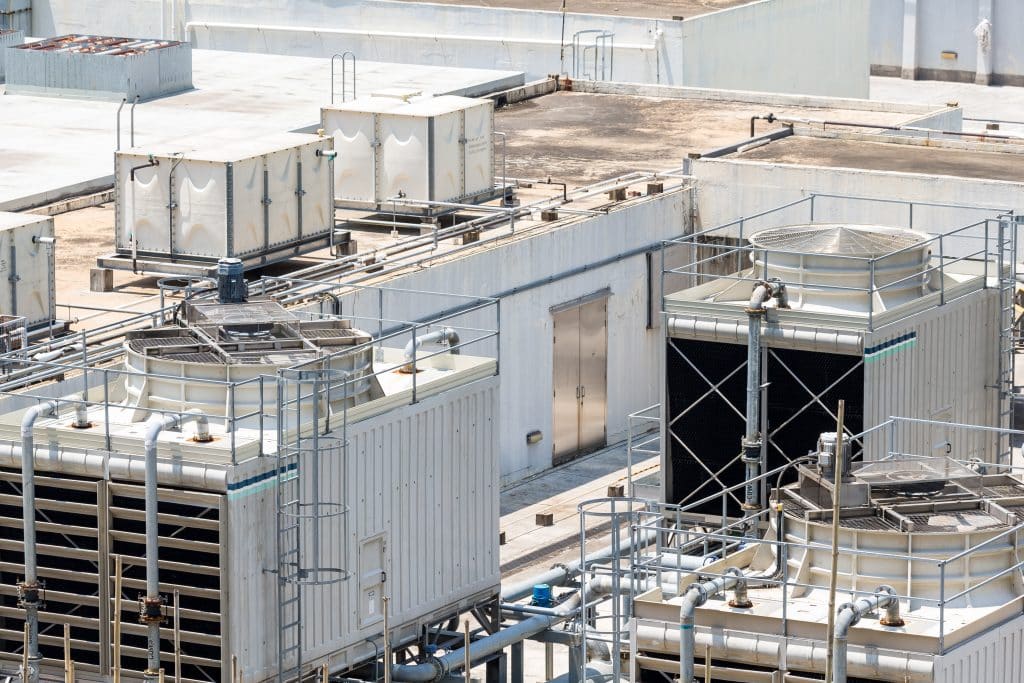
Insulation & Envelope
Thermal insulation solutions play a critical role in the today’s industrial space. Pipes, tanks and vessels, ovens and kilns, chimneys, ductwork, and boilers are just a few examples of ways in which energy consumption can be reduced through the use of insulation.
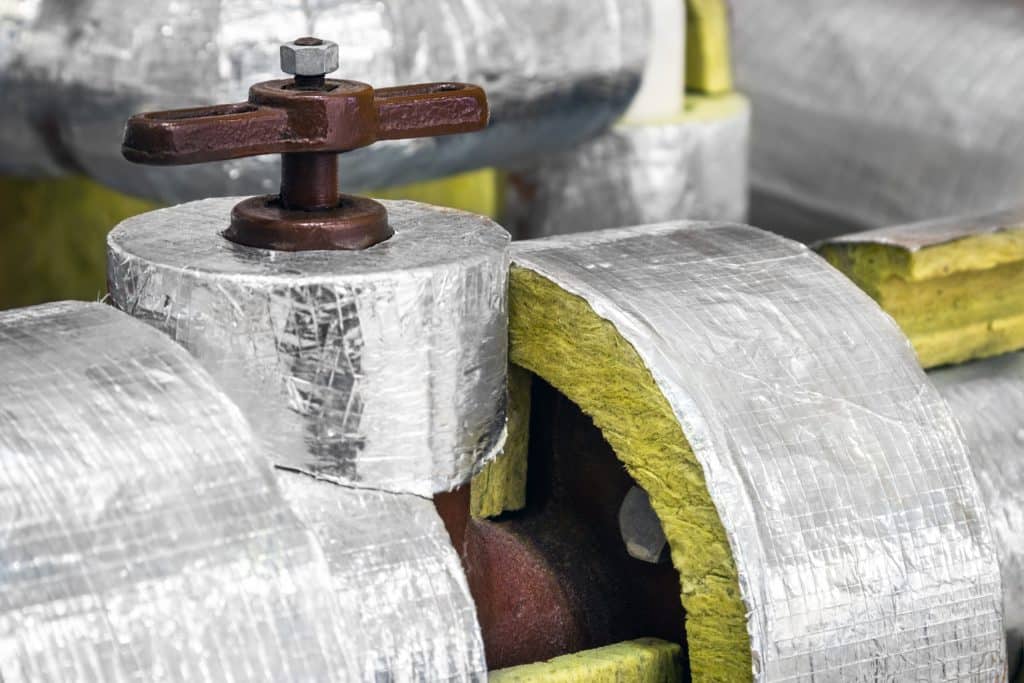
Lighting & Plug Loads
LED lighting offers a positive return on investment that is significant, as a retrofit can realize a simple payback of less than two years. Additional efficiency can be garnered with controls that coordinate not only the lighting system, but plug loads as well.
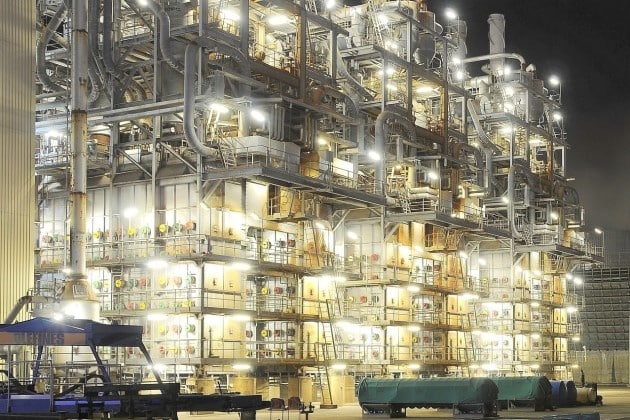
Olefins Furnaces
Consider increasing furnace capacity by unit, with fewer furnaces for maximum efficiency. Strategies should involve the use of refractory and insulation to minimize heat loss, limiting air infiltration to the furnace and/or maintaining good control of excess oxygen.
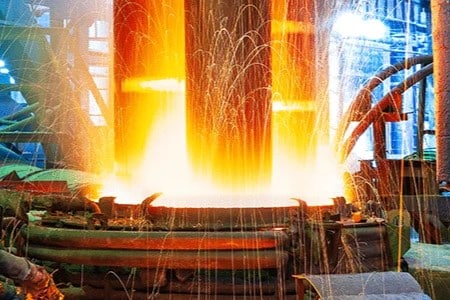
Refrigeration & Chillers
Replacing large, central-chiller-plant equipment is generally a a question of cost, risk, reliability, and anticipated energy savings. But new machines offer features beyond energy savings that include VFDs for better part-load operation and more stable water temperatures.
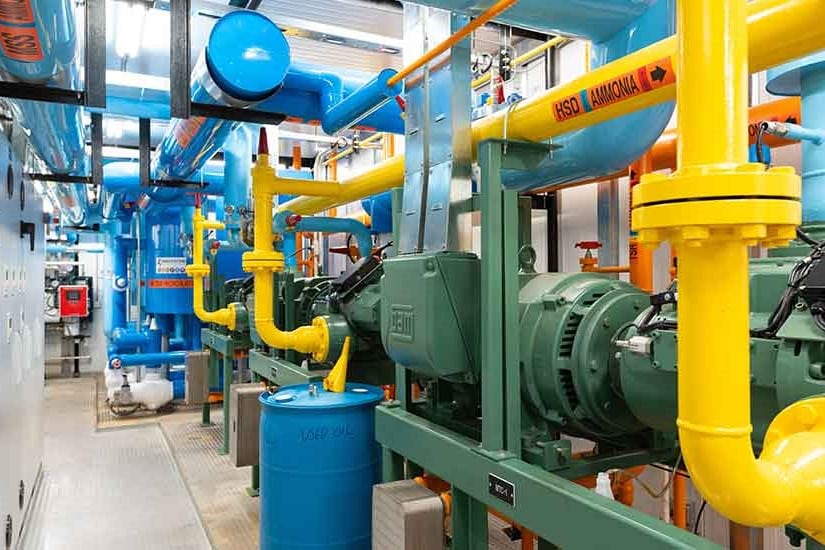
Steam Distribution
Steam systems represent 30% of the total energy used in industrial applications. Repairing steam leaks, minimizing vented steam, ensuring that piping, valves, fittings, and vessels are well-insulated, and that steam traps are well-maintained increases energy efficiency.
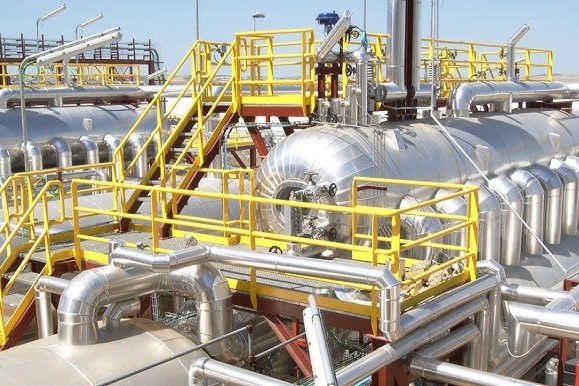
Steam Traps
Steam traps fail through leakages of steam, or drainage, in which the flow of condensate is blocked, preventing the draining of condensate from the system. Failure rates can be high, and if left unattended they can easily have between 20 and 40% in a failed condition.
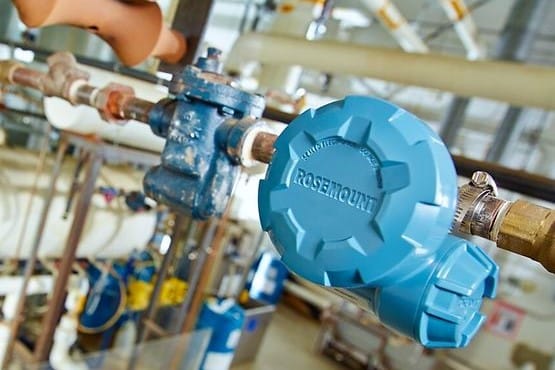
Water Distribution
Whether you need to upgrade distribution mains, treatment systems, wells, pumps and controls, replace lead service lines or increase elevated or ground storage capacity, we assist Facilities Managers through every stage of the process.
